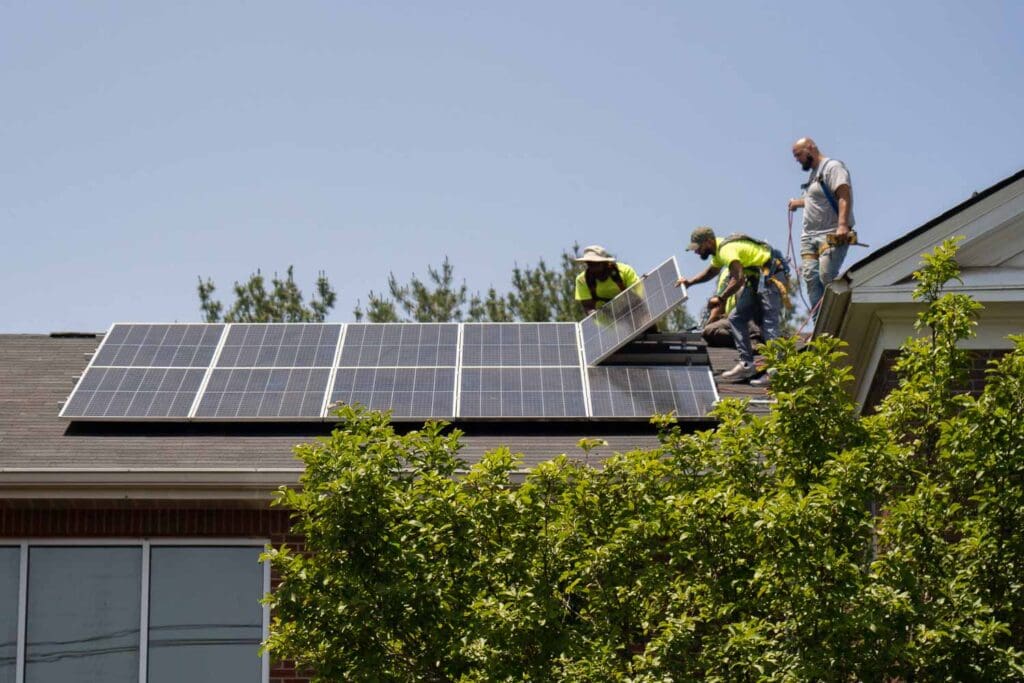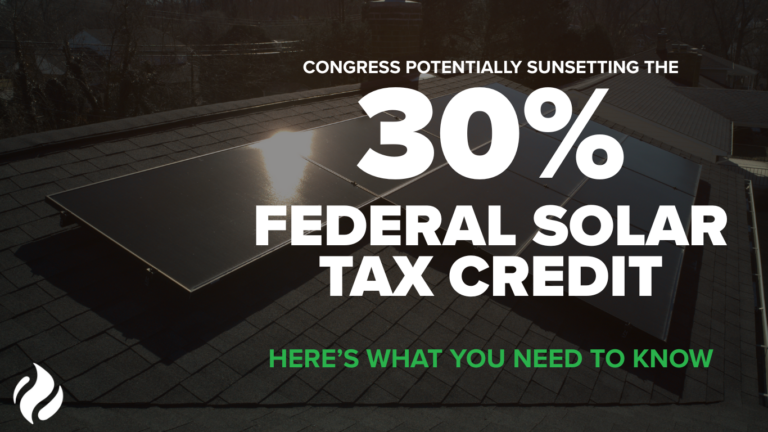As the world gradually shifts towards embracing renewable energy sources, news stories from across the globe emerge as significant milestones in the battle against climate change. This compilation of progress towards a sustainable future serves as both inspiration and valuable insights into addressing the energy crisis effectively. By exploring how individuals and nations worldwide are tackling the challenges associated with achieving carbon neutrality, we gain a deeper understanding of the remarkable impact and benefits of these endeavors. From substantial investments in African renewable energy projects to the establishment of new transmission lines to bolster the capacity of the United States’ power grid, these notable developments in green energy underscore humanity’s dedication to forging a more sustainable future.
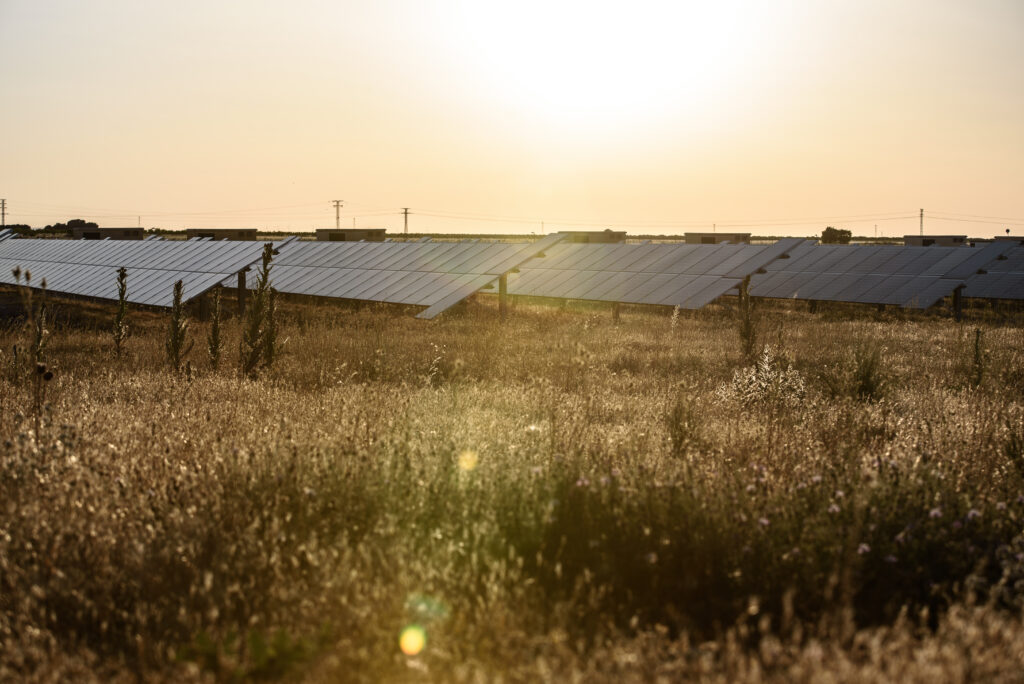
World News
Kenya Makes Strides In Implementing More Use of Renewable Energy Amongst Other African Nations
In their push to transition the entire country of Kenya to renewable energy sources, President William Ruto stated “The continent (Africa) has enough potential to be entirely self-sufficient with a mixture of wind, solar, geothermal, sustainable biomass and hydropower.” In Kenya, more than 70% of the country’s energy is derived from renewable sources, with solar power in particular becoming attractive for industrial and residential use. With over 60% of the world’s best regions for solar, Africa is a prime location for further solar implementation. The World Bank stated that solar mini-grids in Sub-Saharan Africa increased from 500 installed in 2010 to over 3,000 today.
With such an availability of solar sites, the entire continent of Africa stands to benefit from further use of renewable energy sources. This will aid in gaining energy independence and will allow electricity to be more widely available, helping to prevent large-scale blackouts.. As of now, imported solar technologies coming into Kenya are taxed resulting in a 15% price hike. This makes it more difficult for consumers to go green, however, foreign investors and African government officials are actively trying to pass legislation that will make it easier for consumers and businesses to convert to renewable energy sources.
3-Day Nairobi Summit Results in Billions Pledged For African Green Energy
During the 3-day long Africa Climate Summit in Nairobi, The United Arab Emirates pledged a $4.5 billion investment to develop green energy sources in Africa. The summit marks an opportunity for African leaders to reach a shared vision of green energy development for the entire continent. At the summit, President Ruto of Kenya said “Africa holds the key to accelerating decarbonization of the global economy. We are not just a continent rich in resources. We are a powerhouse of untapped potential, eager to engage and fairly compete in global matters.”
While trillions of dollars would be needed to transform the African energy landscape, several billion dollars already committed is just the beginning of an exciting new chapter in the African energy sector. With an abundance of green energy sources, Africa could quickly become the world leader in decarbonization. As many other foreign countries strive to make their advancements in clean energy, African countries will require immense amounts of foreign financial aid to meet their renewable energy goals.
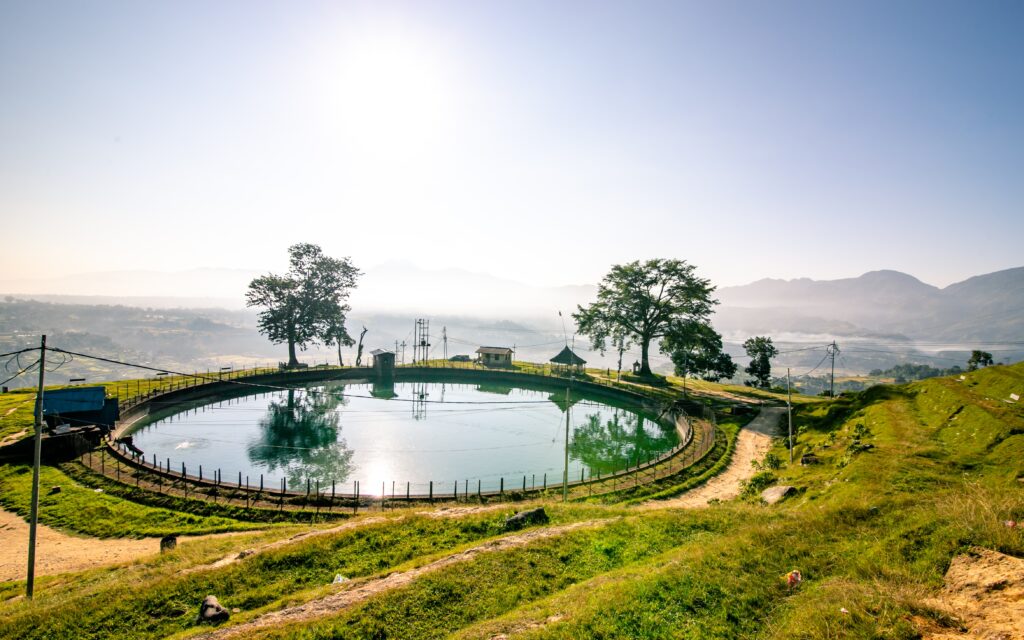
Study Shows Pumped Storage Hydropower is the Greenest of All Renewable Energy Technologies
A new study from the National Renewable Energy Laboratory found that closed-loop pumped storage hydropower will have a lower carbon footprint during its span of operation than renewable energy storage that relies on lithium-ion batteries. These hydropower stations operate using two water reservoirs, each positioned at different heights, to generate power from the flowing currents. The researchers stated, “Our results suggest that closed-loop pumped storage hydropower is a promising energy storage option in terms of its life-cycle GHG emissions and can play a key role toward meeting our nation’s climate goals.”
Any progression of renewable energy technologies is essential, however, offering a solution to the problem of energy storage is crucial. With this development, close-loop hydropower becomes immensely attractive as this study shows that it has the lowest greenhouse emissions among the other options. While it may not have the scalability of battery storage seen in solar, it’s still an appealing prospect for some regions.
Push to Transition to Electric Vehicles Gets $15.5 Billion Boost
It is clear that combustion engines cause a large portion of carbon emissions and the need for electric vehicles is pivotal in meeting green energy goals. As a part of the Biden Administration’s “Investing in America”, the United States Department of Energy has announced that they will provide a combination of loans and funds worth $15.5 billion towards retrofitting existing factories to produce electric vehicles. The funds will include $2 billion in grants and $10 billion in loans to assist in the transition of car manufacturing conversion projects.
In the U.S., there is a significant push toward further implementation of electric vehicle use. With this, incentives, loans, and grants must be issued by the government to assist in the transition to following new green energy laws and quotas. This $15.5 billion boost will help manufacturers make the switch to widespread production of electric vehicles.
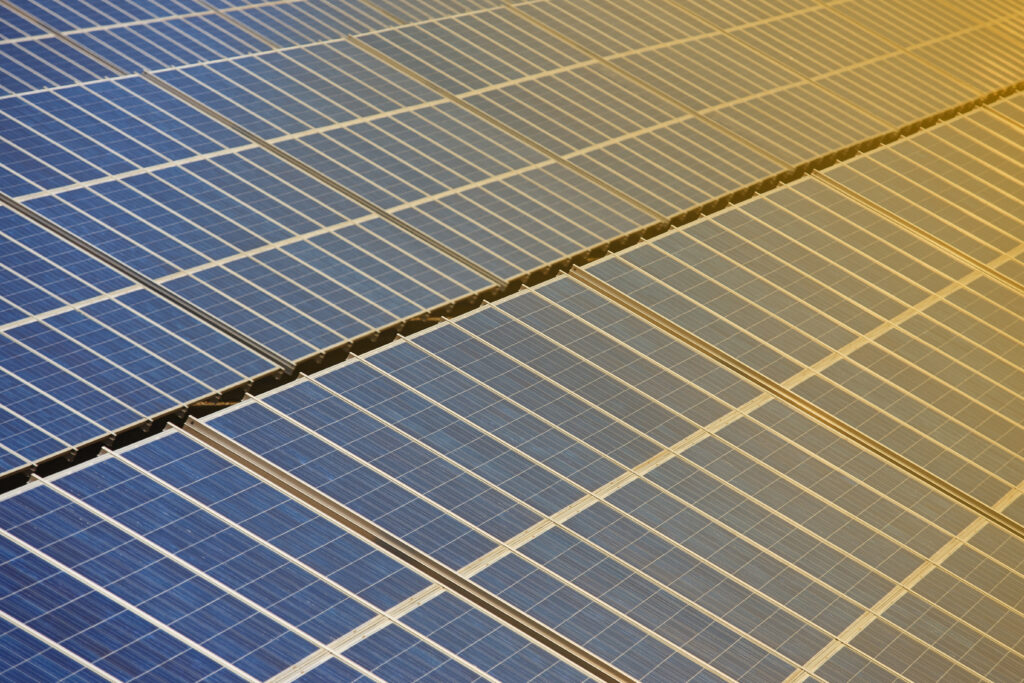
A New $10 Billion Transmission Line Across the Mid-West Will Cover 550 Miles and Carry Over 3,500 Megawatts of Wind Energy
A major milestone in America’s energy grid has been announced in the form of a $10 billion energy transmission line that will carry more energy than the Hoover Dam across the Southwest. With the country’s power grid being overwhelmed, this transmission line will help to bolster the grid as energy demands increase. The project, taken on by energy company SunZia, will stretch 550 miles and transport renewable energy from New Mexico to areas with higher population density such as Arizona and California. It will be capable of transporting over 3,500 megawatts of newly constructed wind power to over 3 million people in the West.
The U.S. Department of Energy has claimed that our current transmission system will need to expand by 60% by 2030 and may see the need to triple by 2050. With the Biden administration having the goal to reach carbon neutrality by 2035, the lack of energy transmission is a major obstacle that this new energy line will help to solve.
Regional News
$8.7 Million Grant Issued to Maryland to Modernize Electric Grid
Recently, the U.S. Department of Energy announced that a cohort of nine states and five tribes will be receiving parts of a $125 million grant towards grid resilience and increased usage of renewable energies. Maryland is set to receive $8.7 million to help improve the resilience and reliability of the state’s power grid. This funding will be allocated towards investing in carbon-free energy technologies which will assist Maryland in meeting greenhouse gas reduction goals.
In a national effort to go carbon neutral, each state has difficult goals to meet that require federal funding to provide the infrastructure necessary for meeting those goals. While furthering the usage of green energy sources, the power grid systems within the state must also be revamped to handle the changes. This $8.7 million is a step in the right direction and will help Maryland achieve its mission of carbon neutrality in the allocated timeframe.

Major Development in Solar and Energy Storage Project at Dulles Airport
Recently, Dominion Energy broke ground on a solar and energy storage project at Dulles Airport, which once completed will be the largest renewable energy project ever built at a U.S. airport. The project will create 100 megawatts of solar energy and can store 50 megawatts of power. At its peak output, the solar installation will provide renewable solar energy to more than 37,000 homes in Virginia. Construction will begin this year and is projected to last until 2026.
As a significant development, this project will help to pave the way as an example for other regions to follow suit. Using the 835 available acres at Dulles Airport is a unique use of government land and will provide a substantial amount of renewable energy, proving to be an effective solution toward meeting the country’s carbon neutrality goal by 2035.
Renewable Energy Battery Plant Set to Replace Abandoned West Virginian Steel Mill
Made possible by the 2022 Inflation Reduction Act, an abandoned steel mill in West Virginia will be refitted to become a renewable energy battery plant. The plant will produce batteries that can hold energy for 100 hours or more. The main difference is that these batteries will be constructed using iron, water, and air rather than lithium. The use of lithium batteries is a continuing problem in the world of renewable energies and a solution is desperately needed. These new batteries don’t require lithium, a metal obtained through mining practices that cause substantial carbon emissions. By creating a new type of battery that avoids these negative impacts, the transition to renewable energy on a global scale becomes much more foreseeable.
Join The Renewable Energy Movement
The necessity of renewable energy becomes evermore clear every year. From electric vehicles to reducing carbon emissions, governments are making an immense effort to push the world toward a sustainable future. Thankfully, for home and business owners, solar energy is an easily accessible, affordable, and effective method of reducing carbon emissions while also lowering energy costs. At Lumina Solar, we make going solar a streamlined process that stands to benefit you for decades to come. Through high-quality solar technology and professional solar technicians, we make going solar a no-brainer. If you want to make the smart switch to clean and renewable energy, call or contact Lumina Solar to get started today!

